Bioscience | Environmental Science and Engineering | Marine Science
Unique microbiome discovered in mountain streams
As glaciers shrink, a major study reveals remarkable biodiversity across the world’s glacier-fed streams, providing a global reference for future climate-change microbiology studies on this vanishing ecosystem.
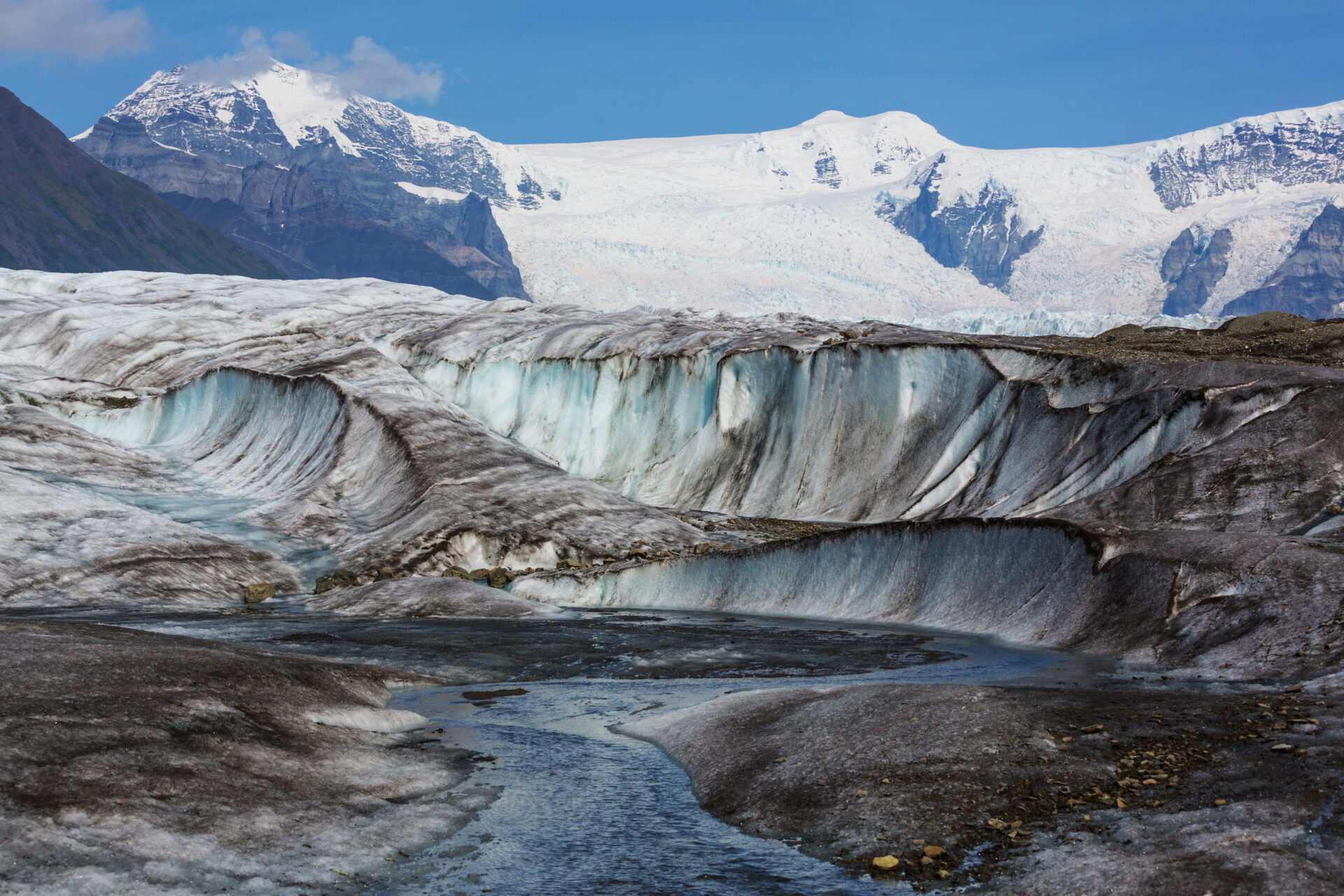
The glacier-fed streams (GFS) of the world’s highest mountains contain a diverse range of microorganisms but until recently, little was known about them.
A remarkable biodiversity in these streams has been revealed in a major study by a large international team, led by the Swiss Federal Technology Institute of Lausanne, and including KAUST researchers Ramona Marasco and Daniele Daffonchio[1].
The study involved collecting and analyzing samples from 152 GFS across Earth’s major mountain ranges, as part of the Vanishing Glaciers project.
Glacier-fed streams are largely restricted to mountain tops, where they initiate the flow of water for some of the world’s largest rivers. Glacier shrinkage due to climate change affects these streams, putting their ecosystem services and biodiversity at risk. “The shrinking of mountain glaciers in many parts of the world leads to decreasing freshwater supply to downstream areas,” says Daffonchio.
Microbial biofilms (the microbial communities attached to streambed sediments) that dominate life in the GFS have an important role in regulating the glacier and river biogeochemical cycles and the downstream water cycle, but very little is known about their ecology, biology and functions.
This research helps to fill the gap by presenting a biogeography and ecological analysis of the GFS microbiomes from the Earth’s major high mountain ranges,” says Daffonchio.
Using next-generation sequencing (NGS) technology, Marasco and the team sequenced the bacteria to create the dataset needed to describe the bacterial diversity. A challenge was ensuring sufficient sequencing depth and maintaining high-quality standards throughout the process.
“This was critical to guarantee that we could compare data from the different sequencing and libraries, as well as to define a final dataset that could accurately characterize the bacterial diversity and ecology of the GFS,” Marasco explains.
“We were also dealing with a diverse and complex environmental sample, with varying biomass (or microbial load) so we needed to ensure that the DNA sequencing was comprehensive enough to capture rare and abundant taxa alike,” she says.
The high-quality data generated enabled the researchers to construct a robust and comprehensive picture of the bacterial communities associated with these fragile ecosystems.
GFS are characterized by near-zero temperatures, low nutrient concentrations, and periods of either diminished light or strong UV radiation. Given these inhospitable conditions, the scientists were surprised to find such a wealth of microbial biodiversity.
The survey uncovered bacteria from 44 phyla, including many previously unclassified, with genetic diversity decreasing with elevation. It showed a bacterial microbiome that is taxonomically and functionally distinct from other cryospheric (frozen) microbiomes, characterized by both high regional specificity and local uniqueness.
“The GFS harbor a wide variety of bacterial lineages with many not previously characterized, highlighting their resilience and adaptability in extreme environments,” says Marasco.
The results showed that GFS microbial communities have a remarkable niche specialization. Certain taxa appear to be specific to particular environmental conditions; for instance, more than half were specific to a mountain range, some unique to a single stream, while a few were both cosmopolitan and abundant.
“This diversity and specificity provide new insights into the complex ecological interactions that drive these ecosystems,” says Marasco.
The team has now compiled the first global atlas of microbes in glacier-fed streams, which provides a baseline for future studies on the vanishing GFS ecosystem.
“We show that GFS microorganisms are distinct from the other microbial communities of the cryosphere and present high biodiversity and strong biogeographical patterns. The large dataset and the information presented in the study provide a novel reference on these important but vanishing microbiomes,” concludes Daffonchio.
Reference
- Ezzat, L., Hannes, P., Bourquin, M., Susheel, B.B., Michoud, G., Fodeliankis, S., Kohler, T.J., Lamy, T., Geers, A., Pramateftaki, P., Baier, F., Marasco, R., Daffonchio, D., Deluigi, N., Wilmes, P., Styllas, M., Schön, M., Tolosano, M., De Staercke, V. & Battin, T.J. Diversity and biogeography of the bacterial microbiome in glacier-fed streams. Nature 637, 622–630 (2025).| article
You might also like

Environmental Science and Engineering
Combat climate change by eliminating easy targets
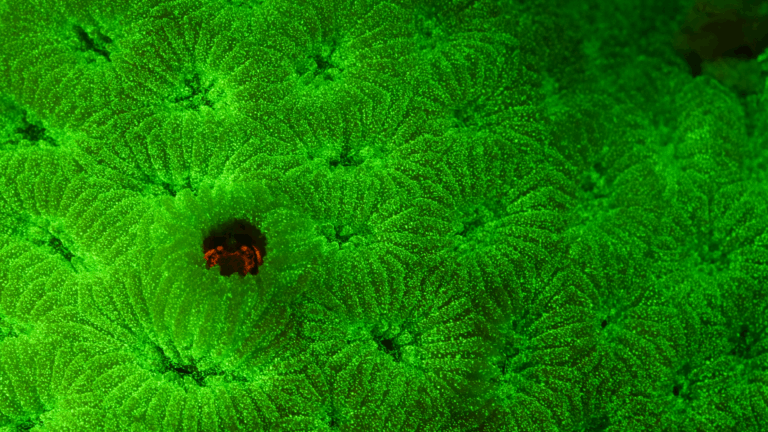
Marine Science
Tiny crabs glow to stay hidden
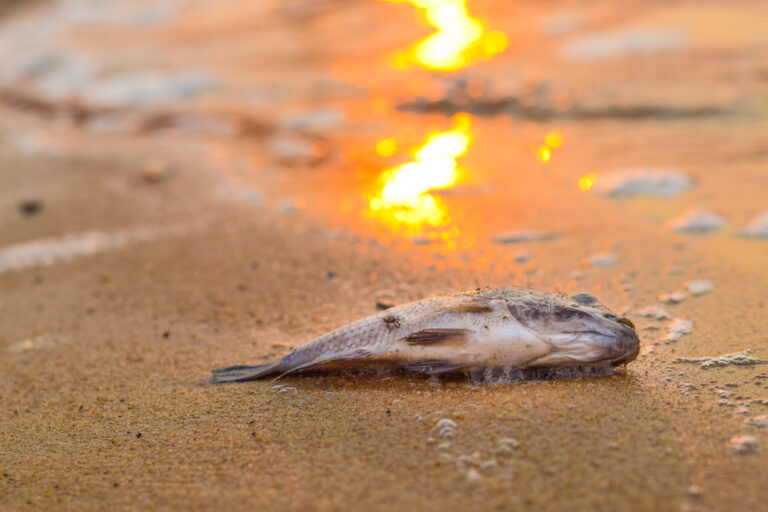
Marine Science
Mass fish deaths linked to extreme marine heatwave in Red Sea

Environmental Science and Engineering
Wastewater treatment to fight the spread of antibiotic resistance
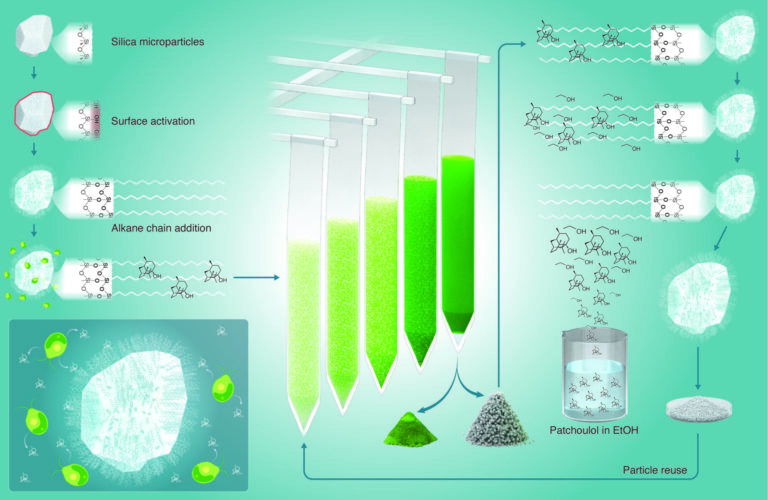
Bioengineering
High value harvests from designer algae
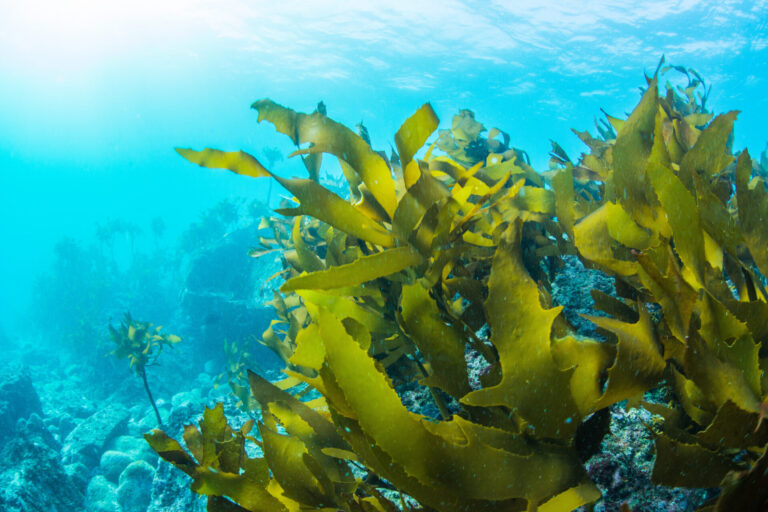
Marine Science
Weeding out the secrets of Red Sea macroalgae
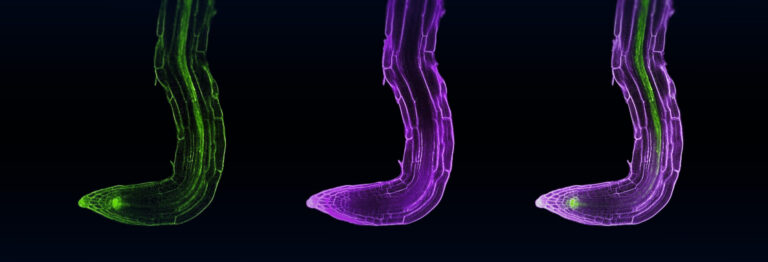
Bioscience
Digging into the world of plant-growth-promoting microbes

Bioengineering




